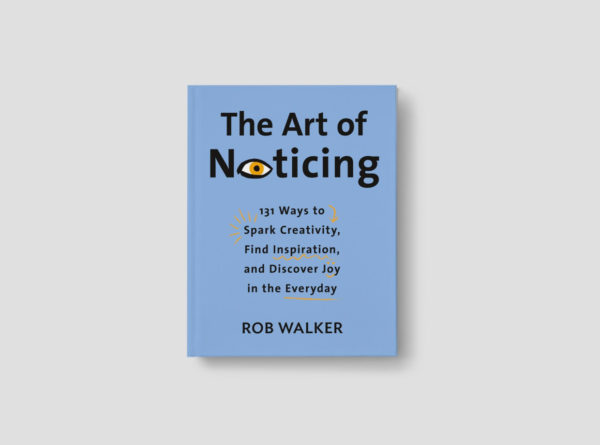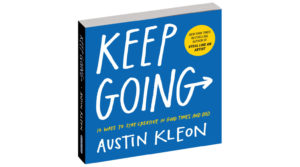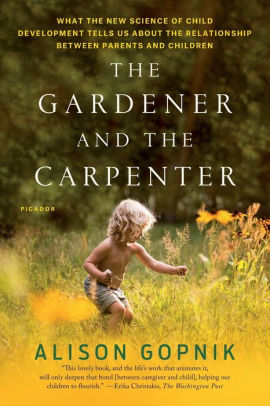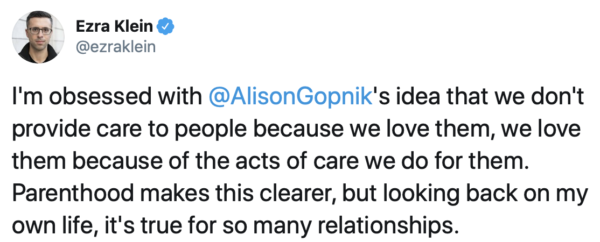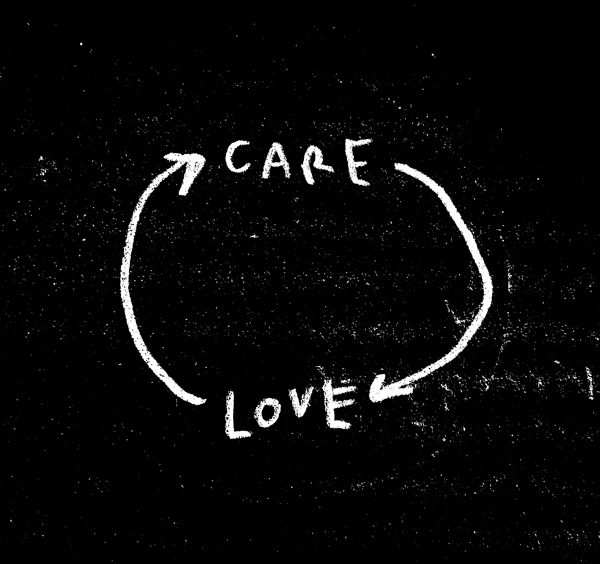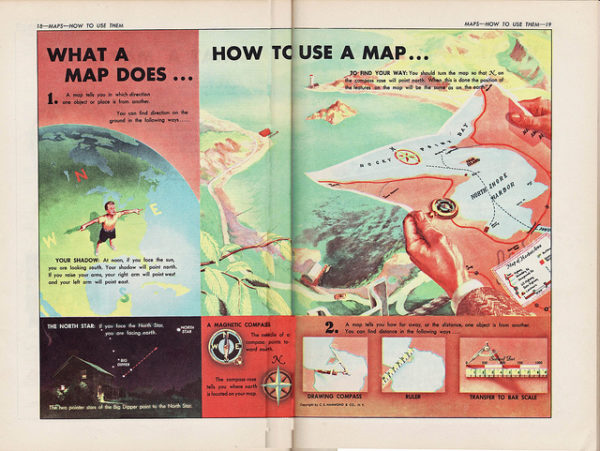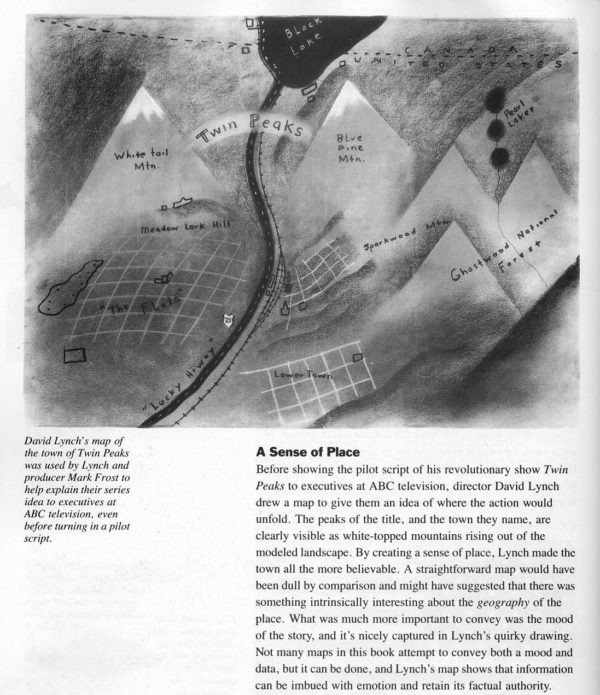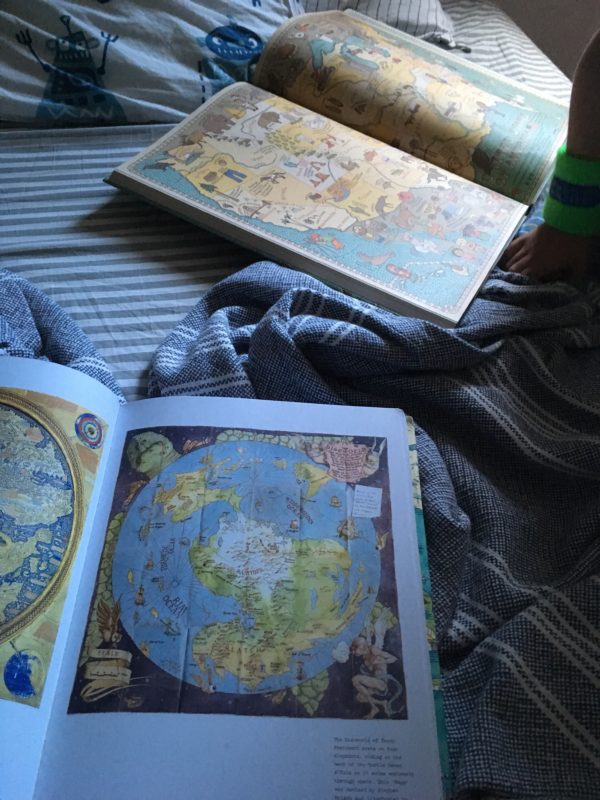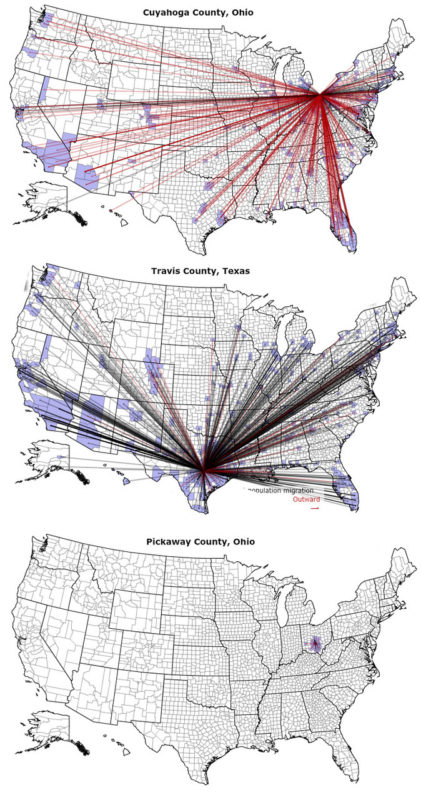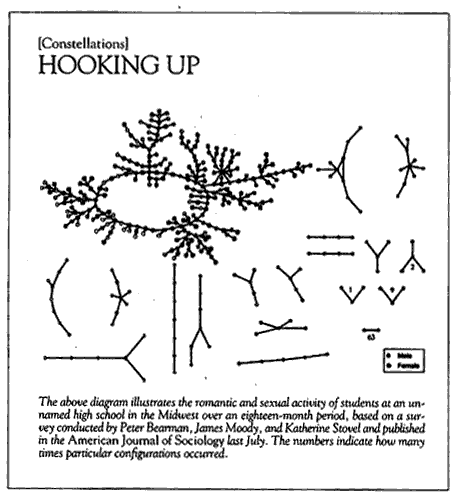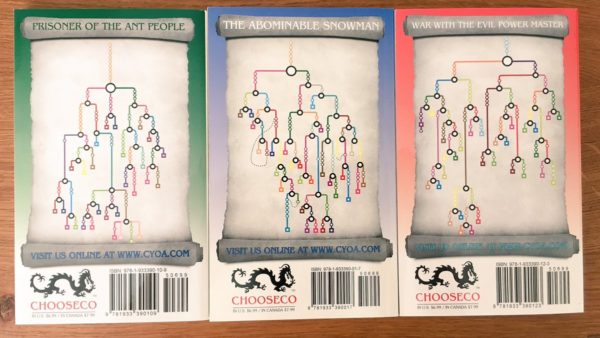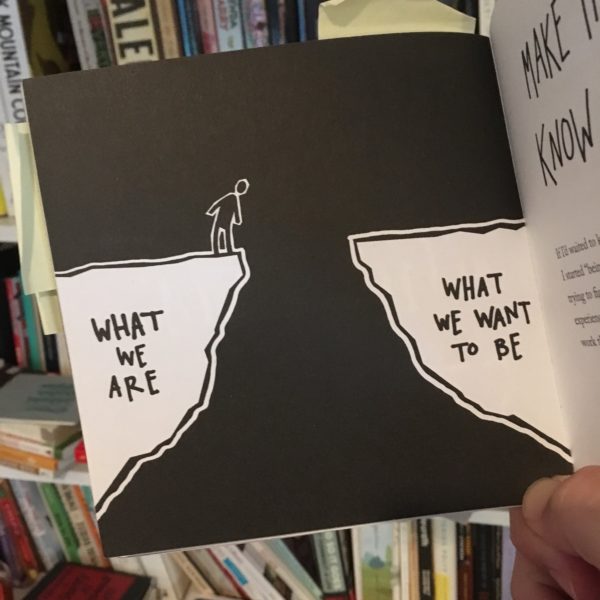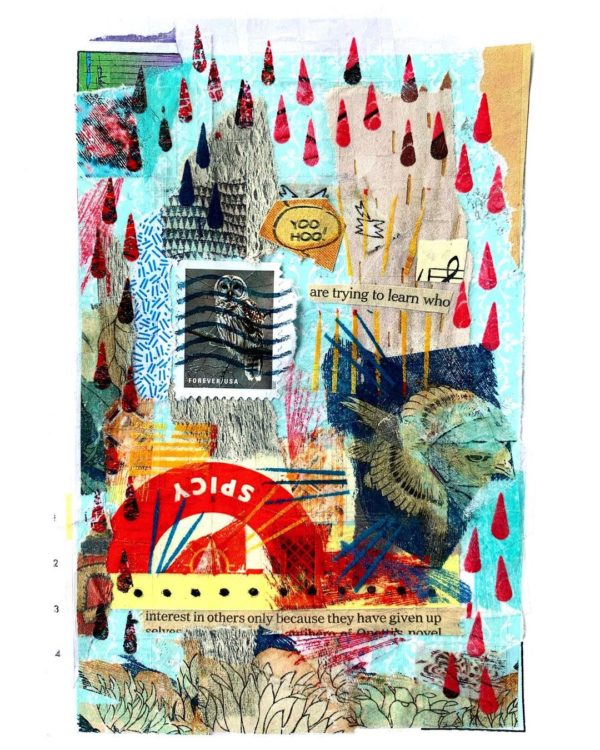
William James said that our stream of consciousness, “like a bird’s life, seems to be made of an alternation of flights and perchings.”
I wonder if our reading life — that is, for those of us who read to write — isn’t like a bird’s life, too.
Swoops and perches.
“Like most writers, I don’t educate myself sequentially,” says the poet Gary Snyder, “but more like a hawk or eagle always circling and finding things that might have been overlooked.”
In Emerson: Mind on Fire, Robert Richardson writes that Ralph Waldo Emerson read “like a hawk sliding on the wind over a marsh, alert for what he could use.” Emerson read to “nourish and to stimulate his own thought.”
“The glance reveals what the gaze obscures,” Emerson wrote. “Somewhere the author has hidden his message. Find it, and skip the paragraphs that do not talk to you.”
So the reader/writer hunts like a hawk or an eagle, but then, after we devour books, we must be like the owl: “Keep only what is useful. Regurgitate the rest.”


